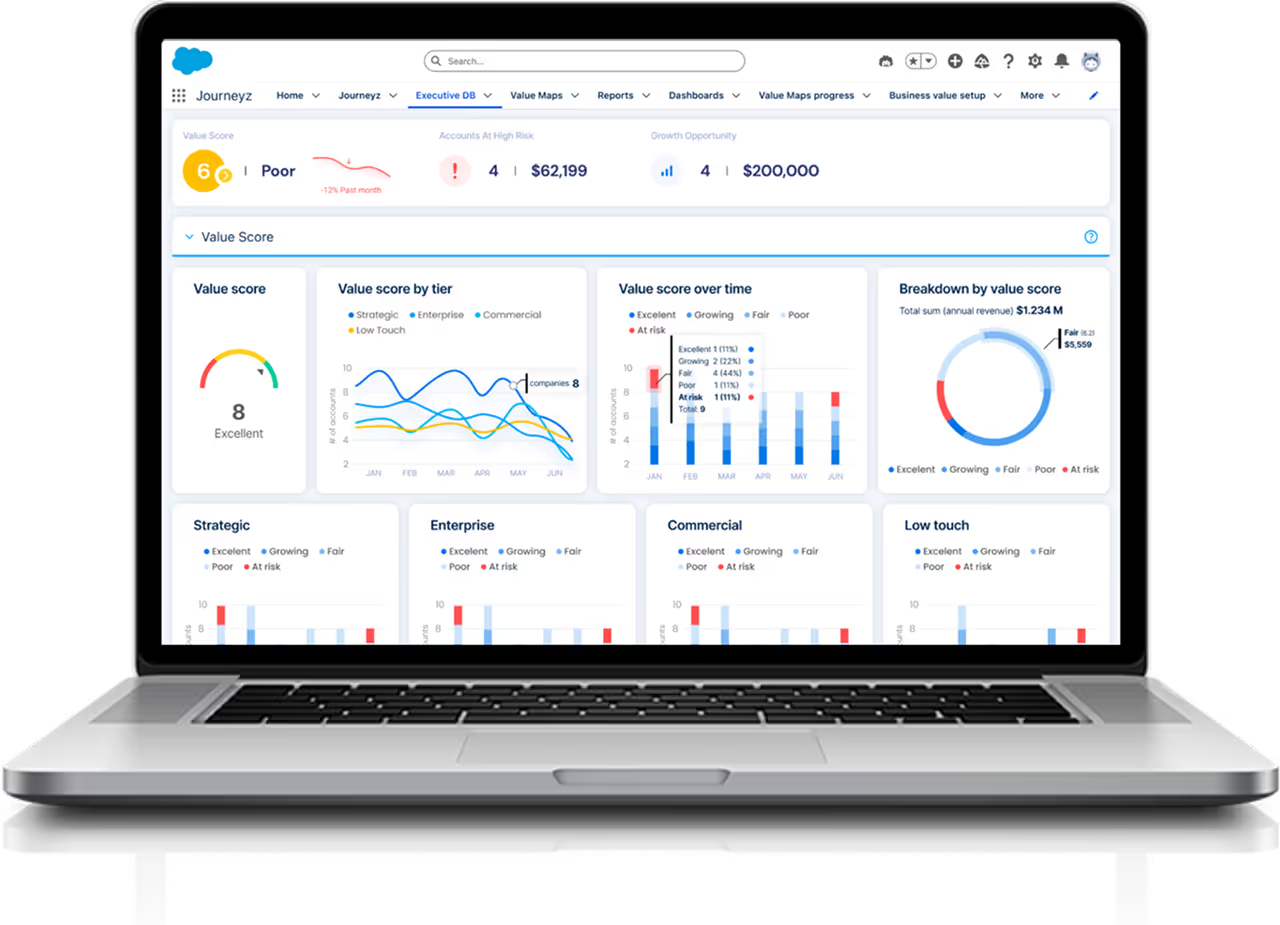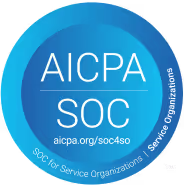From CSM to CCO: Mapping the Future of Customer Success Career Path


Customer success has earned its place at the core of modern SaaS and enterprise growth strategies. It's no longer viewed as a support function or a reactive team that responds to churn risk. Instead, it now sits at the intersection of value delivery, retention, and revenue expansion.
But while the function has matured, the internal career path for customer success managers hasn’t always kept up. Many CS (Customer Success) teams are still structured in ways that limit progression, flatten growth, and ultimately create a revolving door of talent. That gap between strategic expectation and internal opportunity is costing organizations their best people.
It’s time to rethink the customer success career path, not just for the benefit of CS professionals, but to build stronger, more resilient customer-facing organizations.
The Career Path for Customer Success Managers: A New Structure
Gartner’s Customer Success Hiring Guide describes today’s CS trajectory as a lattice rather than a ladder. It’s not a single straight line but a flexible structure with multiple ways to grow. This new structure reflects how CS teams operate: cross-functional, data-informed, and deeply tied to business outcomes.
Here’s a common progression:
- Customer Success Specialist
- Customer Success Manager (CSM)
- Senior or Strategic CSM
- Director of Customer Success
- VP of Customer Success
- Chief Customer Officer (CCO)
For some, the path may branch into Product, Revenue Operations, or Strategic Accounts. Others may rise vertically into executive leadership. What matters is that growth is tied to value creation, not just tenure.
Demand continues to rise, with a notable increase in customer success manager job postings over the past two years. With that growth, clarity around the customer success manager career path is more important than ever.
What It Takes to Grow in Customer Success
At every level in the customer success career path, the emphasis is different. Here's how the focus shifts:
- From CSM to Senior CSM: Professionals transition from operating off a playbook to owning a book of business. Throughout the transition, they develop the skills of anticipating risk, developing influence, and linking usage to business value.
- From Senior CSM to Director: The position is increasingly a people leadership, forecasting, and cross-functional coordination role. Directors take ownership of KPIs, coach, and begin to impact company-level processes.
- From Director to VP or CCO: The strategy now takes center stage. These executives align CS with revenue, own budget decisions and help shape board-level planning.
At each step, some skills gain greater prominence. Business sense becomes imperative. So does the skill to make data translate into action, drive cross-functional projects and communicate a value story.
According to Gartner, CS leaders who progress into VP or CCO roles are those who can influence decisions outside their own function, not just manage within it.
How to Keep Talent: Grow, Not Just Titles
Retention in CS is not merely about pay or awards. It's about whether individuals can envision a future in their work. Too often, however, CS teams have only one solution to offer: wait for a promotion. Outcome? This model fails in scalable companies where org charts move faster than titles can be given.
High-performing CS organizations look beyond. They develop stretch opportunities, allocate strategic projects, and allow future talent to lead from where they stand.
Examples include:
- Having a company-wide churn initiative
- Co-leading a roadmap feedback process with Product
- Leading QBR standardization across several segments
- Mentoring junior team members in onboarding frameworks
These types of opportunities send a message of trust, create visibility, and facilitate internal mobility even when there are no formal promotions.
As per Gainsight's study, 68% of CSMs mention a lack of career development as the primary reason they look to leave within two years. Internal growth is not something that is optional, but fundamental.
What the Future Looks Like
The career path for customer success managers is evolving in three key ways.
1. CS Leaders Are Becoming Revenue Leaders
93.7% of companies that measure the impact of Customer Success are using a revenue target (GRR, NRR, or both). The most senior CS roles today VP of CS, CCO—are responsible for tying customer outcomes directly to commercial results. These leaders drive upsell, shape expansion strategy, and forecast revenue impact.
2. Value Is the New Performance Indicator
Progression along the customer success manager career path is increasingly tied to an individual’s ability to deliver, articulate, and measure customer value. CS professionals are now expected to manage time-to-value, lead outcome-driven QBRs, and influence retention through strategic impact.
3. From Retention to Longevity
While customer retention remains a core focus, forward-looking CS teams are optimizing for customer longevity. This includes influencing lifetime value, identifying future use cases, and cultivating champions across stakeholder groups. It’s a broader perspective that shifts CS from reactive to durable.
4. AI Will Transform the Way CS Operates
With AI handling routine touchpoints, usage monitoring, and health scoring, customer success roles will become more consultative and strategic. Future CSMs will use AI-powered insights to anticipate customer needs, personalize engagement, and allocate time toward higher-value discussions.
The World Economic Forum’s Future of Jobs report predicts that data literacy, analytical thinking, and technology use will be among the most in-demand skills in customer-facing roles by 2027. This shift will redefine what senior CS talent looks like and how we prepare them.
Final Thoughts
There’s never been a better time to invest in the customer success career path. As CS moves from support to strategy, companies must evolve how they hire, train, and grow their teams.
For CS professionals, the opportunity is clear: a long-term, high-impact career with a direct line to customer growth and company outcomes.
For business leaders, the message is simple: talent follows opportunity. Build progression paths tied to value, create room for leadership before titles change, and align your CS function with the broader strategic roadmap.
That’s how you move from CSM to CCO and how you keep your best people long enough to make it happen.
FAQs
What is the career path for a customer success manager?
It typically includes roles like Senior CSM, Director of Customer Success, VP of CS, and eventually Chief Customer Officer, with options to pivot into product or revenue leadership depending on strengths.
How do I grow my customer success manager career?
Focus on developing business acumen, leadership skills, and the ability to connect customer outcomes with measurable business value.
Is customer success a good long-term career?
Yes. With increasing executive focus on retention and value delivery, CS has become a strategic and rewarding path with high upward mobility.
What skills are needed for the customer success career path?
Strategic thinking, stakeholder alignment, value storytelling, and data-driven decision-making become increasingly important as you progress.
Ready to Start your Journeyz?
Transform your customer retention and expansion strategies with the industry’s first Customer Value Platform.

.svg)


.svg)
.webp)




